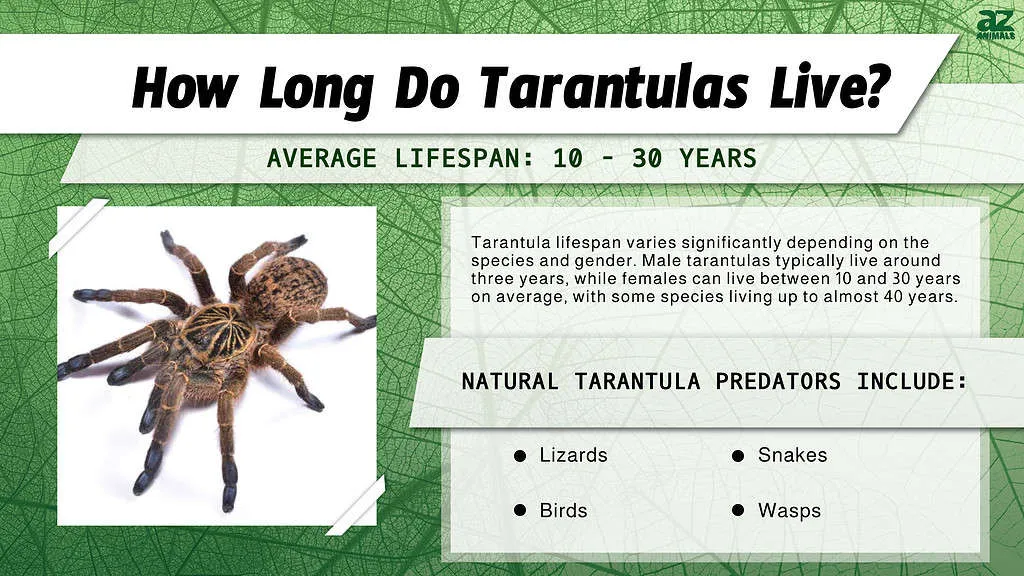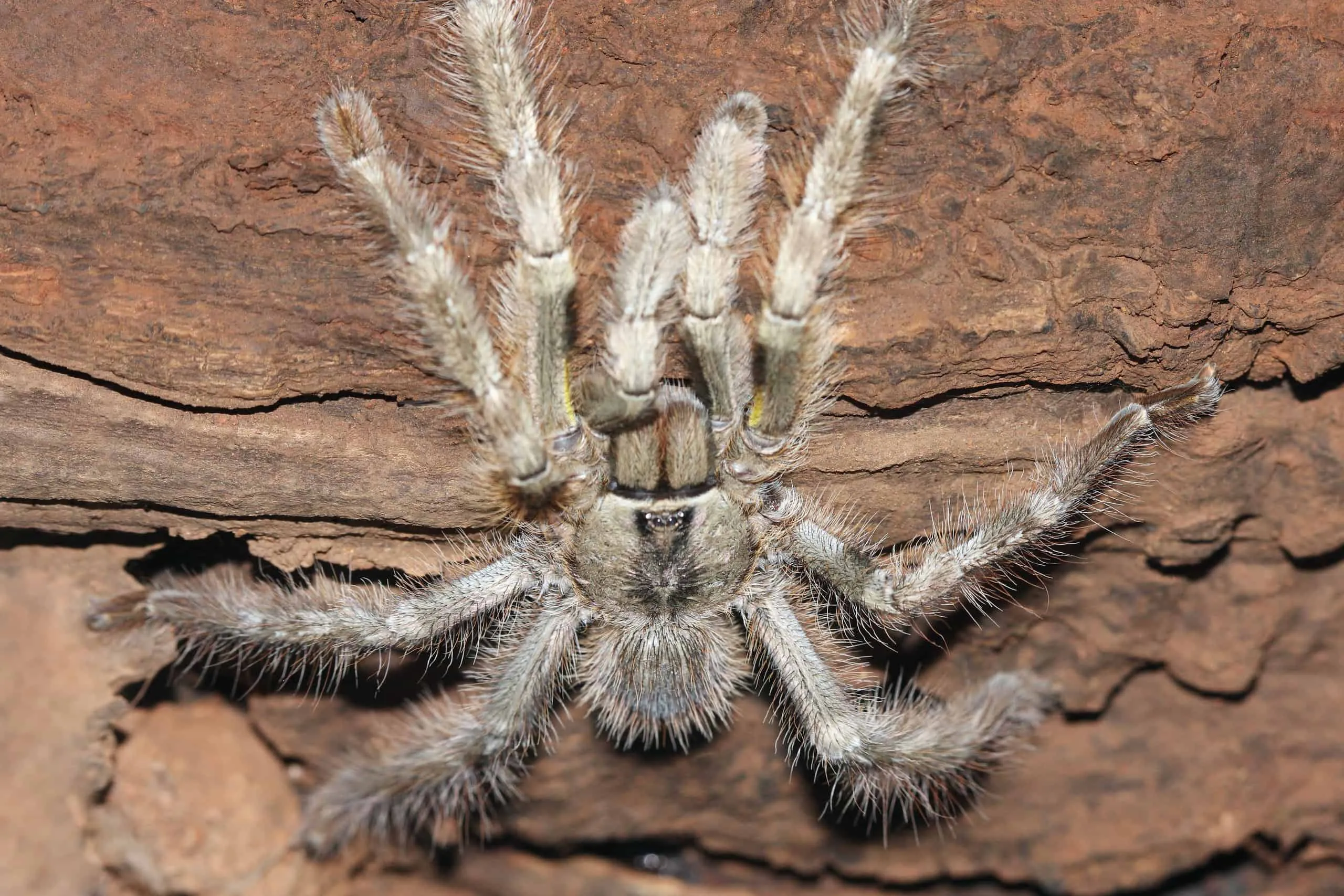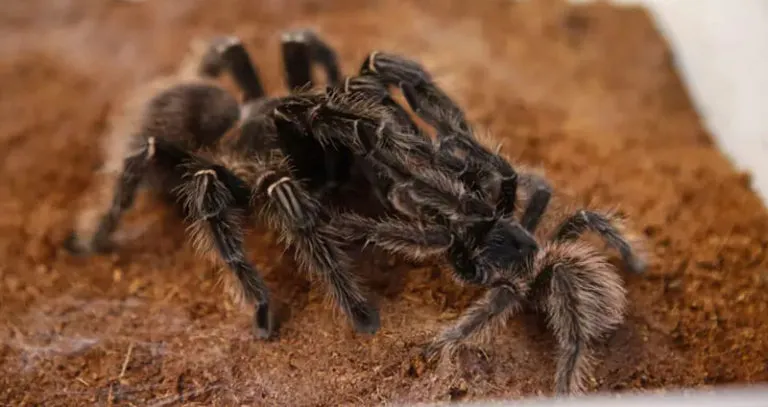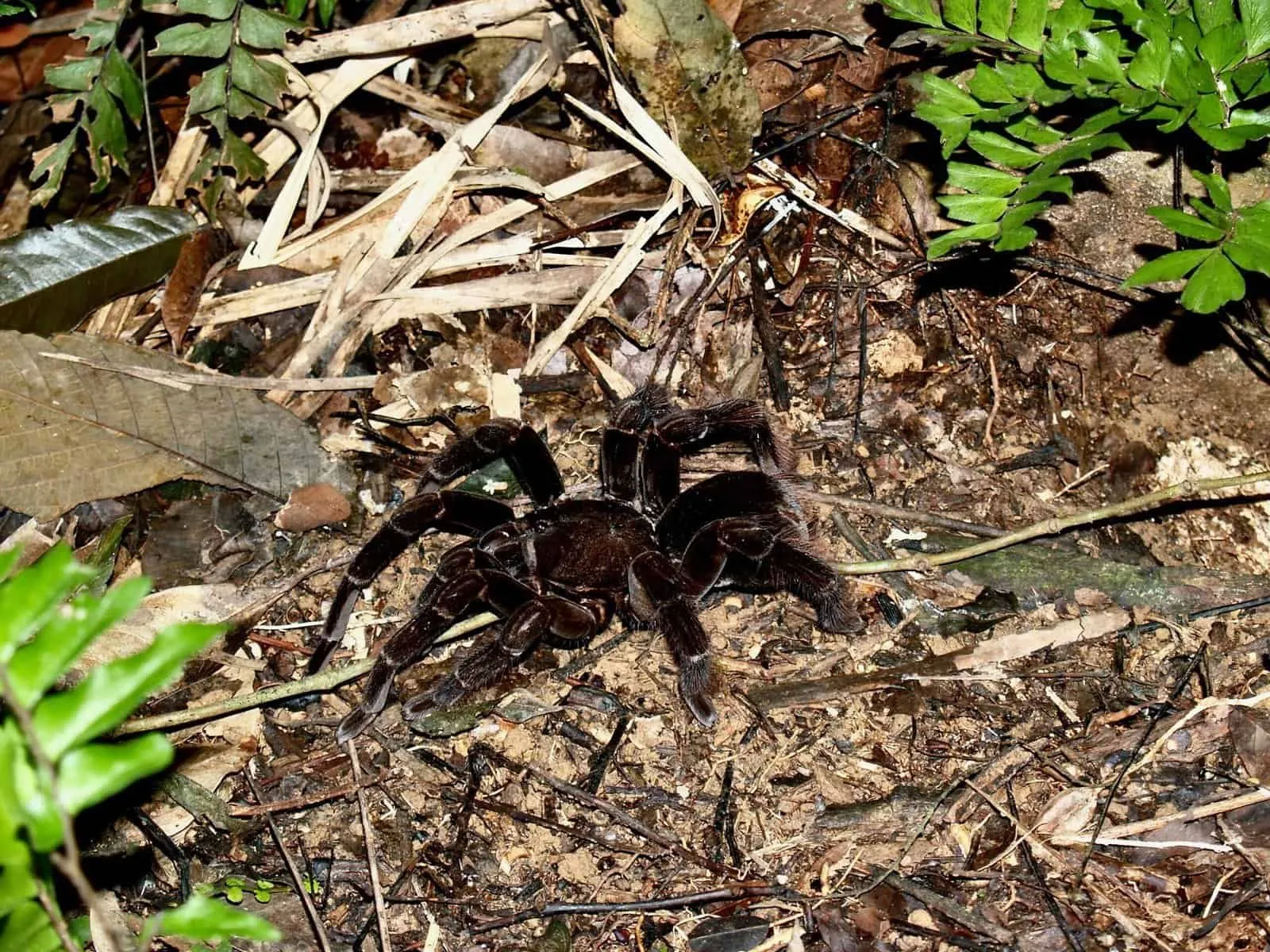What is the Regalis Tarantula Lifespan?
The Regalis Tarantula, scientifically known as Psalmopoeus irminia, is a captivating creature that has gained popularity among tarantula enthusiasts. One of the most frequent questions asked about these magnificent arachnids is, “How long do they live?” Understanding the lifespan of a Regalis Tarantula is crucial for any potential or current owner, as it directly influences the long-term commitment involved in caring for this pet. The lifespan of a Regalis Tarantula is not just a matter of curiosity; it’s a key factor in planning their care, from habitat setup to dietary needs and overall health management. This knowledge helps owners provide the best possible environment, ensuring their tarantula thrives for as long as possible. In this comprehensive guide, we will delve into the various aspects of the Regalis Tarantula’s lifespan, exploring factors that affect it, and offering insights on how to maximize their longevity.
Average Lifespan of Regalis Tarantulas
The average lifespan of a Regalis Tarantula varies depending on its sex. Generally, female Regalis Tarantulas tend to live significantly longer than males. This disparity is a common trait among tarantula species, with females often outliving males by several years. Knowing this difference is crucial for owners, as it impacts long-term care planning and expectations. While there are always individual variations, understanding the typical lifespan provides a baseline for what to expect when owning a Regalis Tarantula.
Factors Affecting Lifespan

Gender Differences
As mentioned, gender plays a significant role in the Regalis Tarantula’s lifespan. Female Regalis Tarantulas can live for 10 to 15 years or even longer under optimal conditions. Males, on the other hand, typically have a much shorter lifespan, often living only for 2 to 5 years. This difference is primarily due to the biological demands of reproduction. Males reach sexual maturity much earlier and their primary purpose is to mate, after which they often die shortly thereafter. Females, however, invest their energy into egg sac production and overall growth, leading to a longer lifespan.
Environmental Conditions
The environment in which a Regalis Tarantula lives is a critical determinant of its lifespan. Maintaining the right temperature and humidity levels is essential. A temperature range of 75-85°F (24-29°C) and a humidity level of 70-80% is generally ideal for these tarantulas. Incorrect conditions can lead to stress, illness, and a shortened lifespan. Proper ventilation is also important to prevent the buildup of harmful mold and bacteria. A clean and well-maintained enclosure is paramount. This includes regular removal of uneaten food and waste, and the use of appropriate substrate that supports the tarantula’s well-being. Any extreme fluctuations in temperature or humidity can negatively impact their health.
Diet and Nutrition

Providing a balanced diet is fundamental to ensuring a long and healthy life for your Regalis Tarantula. They are primarily insectivores, meaning their diet consists mainly of insects. Crickets, mealworms, and roaches are popular choices, but it is important to vary the diet to provide a range of nutrients. The frequency of feeding depends on the tarantula’s age and size. Young tarantulas need more frequent feeding, typically every few days, while adults can be fed less often, perhaps once or twice a week. Overfeeding can lead to health issues, so it is crucial to monitor the tarantula’s condition and adjust the feeding schedule accordingly. Always offer fresh, clean water in a shallow dish for hydration.
Molting and Growth
Molting is a natural process where tarantulas shed their exoskeleton to grow. The frequency of molting decreases as the tarantula matures. Each molt is a vulnerable time, and the tarantula requires a secure, stress-free environment. A properly humidified enclosure aids the molting process, and owners should avoid disturbing their tarantula during this period. The health of the molting cycle is a good indicator of overall well-being, and any issues during this process can affect the lifespan. Providing adequate space within their enclosure to stretch out during the molting is important.
Regalis Tarantula Lifespan Top 5 Facts
Fact 1 The Regalis Tarantula Lifespan

Females can live 10-15 years or longer, while males live 2-5 years.
Fact 2 Gender and Lifespan
Females generally live longer due to biological and reproductive differences.
Fact 3 Environmental Impact on Lifespan
Temperature, humidity, and cleanliness of the enclosure significantly affect lifespan.
Fact 4 Dietary Influence on Lifespan

A varied diet of insects and proper feeding schedules are crucial for health and longevity.
Fact 5 Molting Cycle and Lifespan
Healthy molting cycles indicate a healthy tarantula.
Maximizing Your Regalis Tarantula’s Lifespan
Creating the Perfect Habitat

To maximize your Regalis Tarantula’s lifespan, start with the right habitat. A suitable enclosure should be appropriately sized, allowing ample room for movement and growth. A secure lid is essential to prevent escapes. The enclosure should be equipped with a substrate that retains humidity, such as coconut fiber or peat moss. Provide hiding places like cork bark or artificial plants where the tarantula can retreat. Maintaining the correct temperature and humidity levels is essential for their health. Regular cleaning and maintenance are crucial to ensure a healthy environment. Proper setup minimizes stress and creates an environment where your tarantula can thrive.
Feeding and Care Tips
Proper feeding and care practices are essential for a long lifespan. Offer a balanced diet of appropriately sized insects, avoiding overfeeding. Always have fresh water available. Regularly monitor your tarantula’s condition, including its feeding habits, activity level, and molting cycle. Handle your tarantula with care and avoid unnecessary handling, which can cause stress. Handle only when necessary and with gentleness. Keep a record of feeding, molting, and any observed changes in behavior. This detailed approach ensures the health and well-being of your Regalis Tarantula.
Regular Health Checks
Regular health checks are critical for ensuring your Regalis Tarantula lives a long and healthy life. Look for signs of illness or distress, such as changes in appetite, lethargy, or unusual posture. Observe for any signs of parasites or injuries. Early detection is crucial for successful treatment. If you notice anything out of the ordinary, consult with a veterinarian experienced in exotic pets. Maintaining detailed records of your tarantula’s health can help you spot subtle changes and proactively address potential issues. Create a schedule for regular check-ups, including enclosure inspections, and consistent monitoring. This preventative approach contributes significantly to their overall lifespan.
Conclusion

Understanding the Regalis Tarantula’s lifespan is a significant part of responsible pet ownership. By providing the correct habitat, a balanced diet, and attentive care, you can significantly enhance their well-being and increase their chances of living a long and healthy life. Remember, female Regalis Tarantulas typically live longer than males, and environmental conditions, diet, and molting cycles all play a crucial role. Prioritizing their needs is essential to ensure your pet thrives. With proper care, you can enjoy many years with your captivating Regalis Tarantula.
